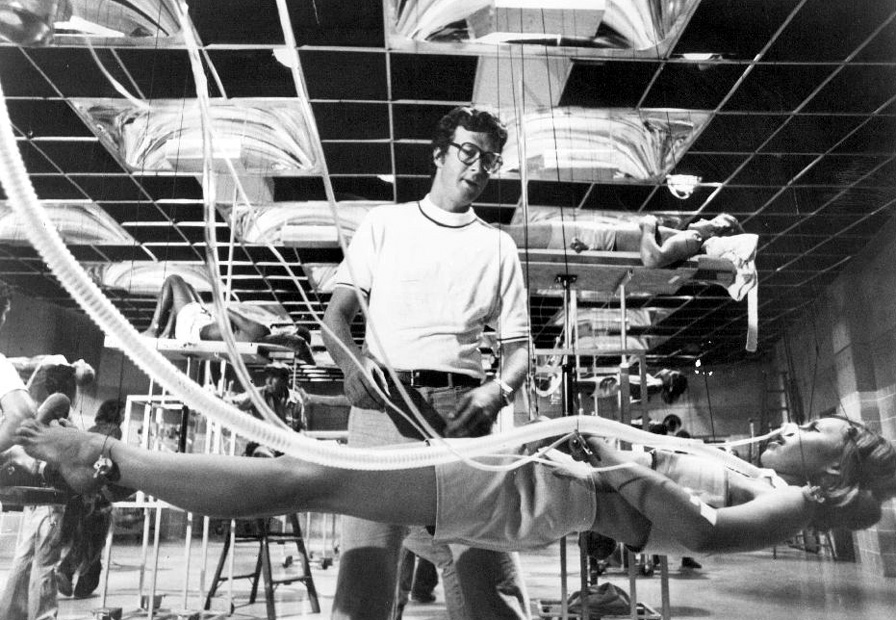In “The Data Companies Wish They Had,” Max Taves’ new WSJ article, there are back-to-back passages which stress the quantified direction we’re heading in with all our smart gadgets, a world in which algorithms are measuring, at a distance, the performance and expiration date of humans and machines alike. The passage:
“An Eye on Appliances
Whirlpool Corp., the Benton Harbor, Mich., appliance maker, has a vast reach in American households—but wants to know more about its customers and how they actually use its products. Real-time use data could not only help shape the future designs of Whirlpool products, says CIO Mike Heim, but also help the company predict when they’re likely to fail. The technological costs, which have made this kind of real-time monitoring prohibitive, are continuing to decline, says Mr. Heim.
Taking Patients’ Pulse
Spun off from the Cleveland Clinic, Explorys creates software for health-care companies to store, access and make sense of their data. It holds a huge trove of clinical, financial and operational information—but would like access to data about patients at home, such as their current blood-sugar and oxygen levels, weight, heart rates and respiratory health. Having access to that information could help providers predict things like hospitalizations, missed appointments and readmissions and proactively reach out to patients, says Sarah Mihalik, a vice president of provider solutions.
Wearable devices already exist to monitor and transmit patients’ data. But cost, privacy and a lack of standardization are big barriers, says Explorys co-founder and Chief Medical Officer Anil Jain.”
Tags: Anil Jain, Max Taves, Mike Heim, Sarah Mihalik

